A Nurse Is Caring for an Older Client With Delirium
Which intervention will most effectively reduce the clients risk for falls. It is important for nurses to identify clients at risk and prevent and manage delirium in the hospitalized older.

Geriatric Nursing Care Plans 11 Nursing Diagnosis For The Elderly
In a one-month follow-up patients with malnutrition and delirium had a four-fold higher mortality rate a seven-fold higher rate of discharge to nursing homes and three days more in the hospital.
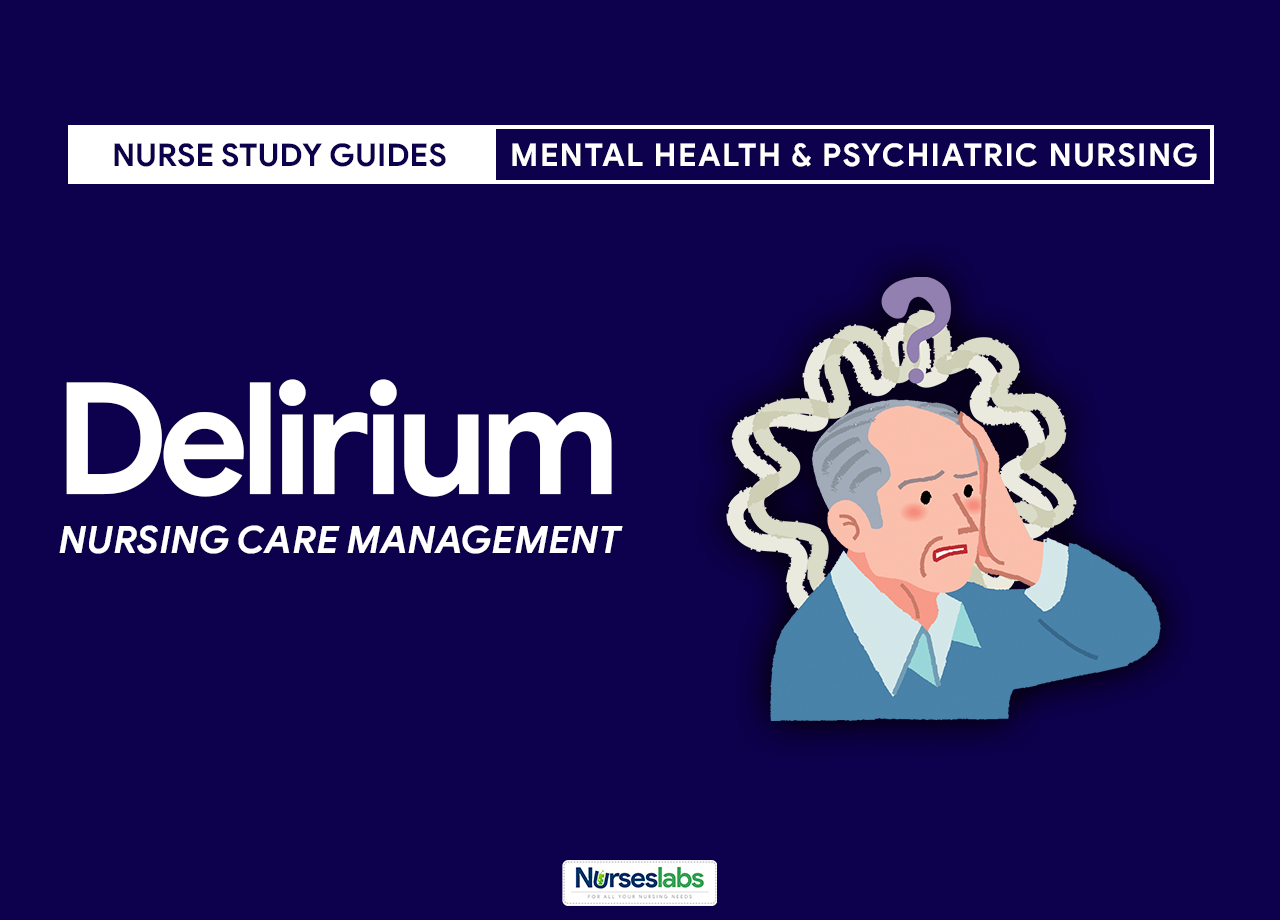
. Encouraging the client to focus on happy times in their lives and to talk about familiar things can decrease the clients risk for. Nurses identified delirium in only 19 of observations and 31. Provide an appropriate environment.
Casey Berry Delirium 17. Select all that apply. Assess clients level of anxiety and behaviors that indicate the anxiety is increasing.
Delirium risk factors include older age severity of illness poorer baseline functional status comorbid medical conditions and dementia. Which the following intervention should the nurse include in the clients plan of care. A middle adult client who has antisocial personality disorder D.
Assess level of anxiety. Nursing Care Medications Client Education. Acute onset of symptoms or fluctuating course b.
Therefore it is important for nurses to identify clients at risk and prevent and manage delirium in the hospitalized older client. A nurse is assessing an older patient with new onset confusion using the Confusion Assessment Method CAM. Foreman M Mion L Trygstad L.
An adolescent client who has bulimia The nurse should plan to include an older adult client who has dementia in a reminiscence therapy session. Nurses play a pivotal role in identifying patients with delirium. N 14 nurses from the neurology department in Denmark.
Hourly rounding by the nurse In the health care environment hourly rounding by nurses significantly reduces the occurrence of client falls as well as reducing call light usage and increasing client. Because they provide around-the-clock bedside care nurses may be the first to notice a change in a patients baseline cognition. They also must be able to provide psychosocial and pharmacologic interventions that promote comfort and safety for patients and their families experiencing these distressful medical conditions.
To investigate nurses experiences of caring for older 65 years patients afflicted by delirium in a neurological department. The nurse notes that the clients partner appears exhausted. The nurse is assessing an older adult for signs of dementia using the Mini Mental Status Exam.
1 point Listen The nurse is caring for an older adult client who presented to the emergency department with delirium. The incidence of delirium is greatest in post. Select all that apply a.
A nurse is caring for an older adult client who is experiencing delirium. Examples of prevention strategies include providing glasses and working hearing aids and effective pain management. Offer the client various choices for milk selection Assign different nursing personnel for each shift Permit the client to perform daily rituals to decrease anxiety Maintain an environment that has low lighting.
As the population ages nurses in various clinical settings must identify high-risk groups that are vulnerable to delirium and dementia. A Infection b Hyperkalemia Oc Gastroesophageal reflux disease GERD d Fluid volume deficit e Drug toxicity. In a prospective study 797 patients 70 years and older underwent 2721 paired delirium ratings by nurses and researchers.
No specific lab or diagnositc testing to diagnose NCDs. The client caregivers reports take gynecol belova impairs his memory. A nurse is contributing to the plan of care of a patient who has dementia which of the following interventions should be included in the plan of care-limit the clients choices for daily activities A nurse at a providers office is reviewing the medication record of a client who has mild dementia.
He states that he is finding it more and more difficult to care for his wife. After having the client perform a short task the nurse asks the client to repeat the words. Theory and Practice strategies for assessing and treating.
A nurse is caring for an older adult client who is experiencing delirium. Nursing Care Delirium and Pain Management for the Hospitalized Older Adult. Group of conditions characterized by the disruption of thinking memory processing and problem solving.
4 To deliver primary care to a client population living in a community In block and parish nursing nurses living within a neighborhood provide services to older clients or those unable to leave their homes. However nurses sometimes overlook subtle signs of delirium or attribute them to the aging process or other disorders such as dementia. Therefore it is important for nurses to identify clients at risk and prevent and manage delirium in the hospitalized older client.
Malnutrition was observed in 75 of the patients with delirium demonstrating that malnutrition plays a role in the development of delirium in older hospitalized patients. Cat crackers and toys. To investigate common delirium burdens from the perspectives of patients family caregivers and nurses.
Health promotion throughout a school curriculum is provided by school health. Nursing interventions for patients with delirium include the following. The nurse gives the client three words to remember.
1999 Nursing Care of Older Adults. Journal of Gerontological Nursing 23 4851. Alternatively the Brief Evaluation of Executive Function.
Permit the client to perform daily rituals to decrease anxiety. Patient-related factors associated with underrecognition of delirium by nurses were examined. A nurse in an acute care facility is admitting an older adult client who has dementia due to Alzheimers disease.
Delirium occurred in 239 9 of 2721 observations or 131 16 of 797 patients. Nursing Praxis in New Zealand taining hydration to prevent acute confusion in frail elderly. A nurse is caring for an older adult client with delirium.
Nursing Care Delirium and Pain Management for the Hospitalized Older Adult. There are adverse consequences of delirium including increased length of stay and increased mortality. Recognizing these behaviors nurse may be able to intervene before violence occurs.
The nurse understands that in order to have a diagnosis of delirium when using the CAM the patient must exhibit which of the following. For which underlying conditions will the nurse assess the client. Once high-risk clients are identified prevention strategies may be used to reduce the incidence.
The client says toys boys and joys. In the mixed form of delirium clients alternate between periods of agitation and lethargy. Which of the following interventions should the nurse include in the clients plan of care.
No specific lab or diagnositc testing to diagnose NCDs. Assess clients risk of falls or injury.

Delirium Nursing Diagnosis And Care Management Nurseslabs

Roles And Responsibilities Of Geriatric Nursing Geriatric Nursing Nurse Job Description Nursing Resume
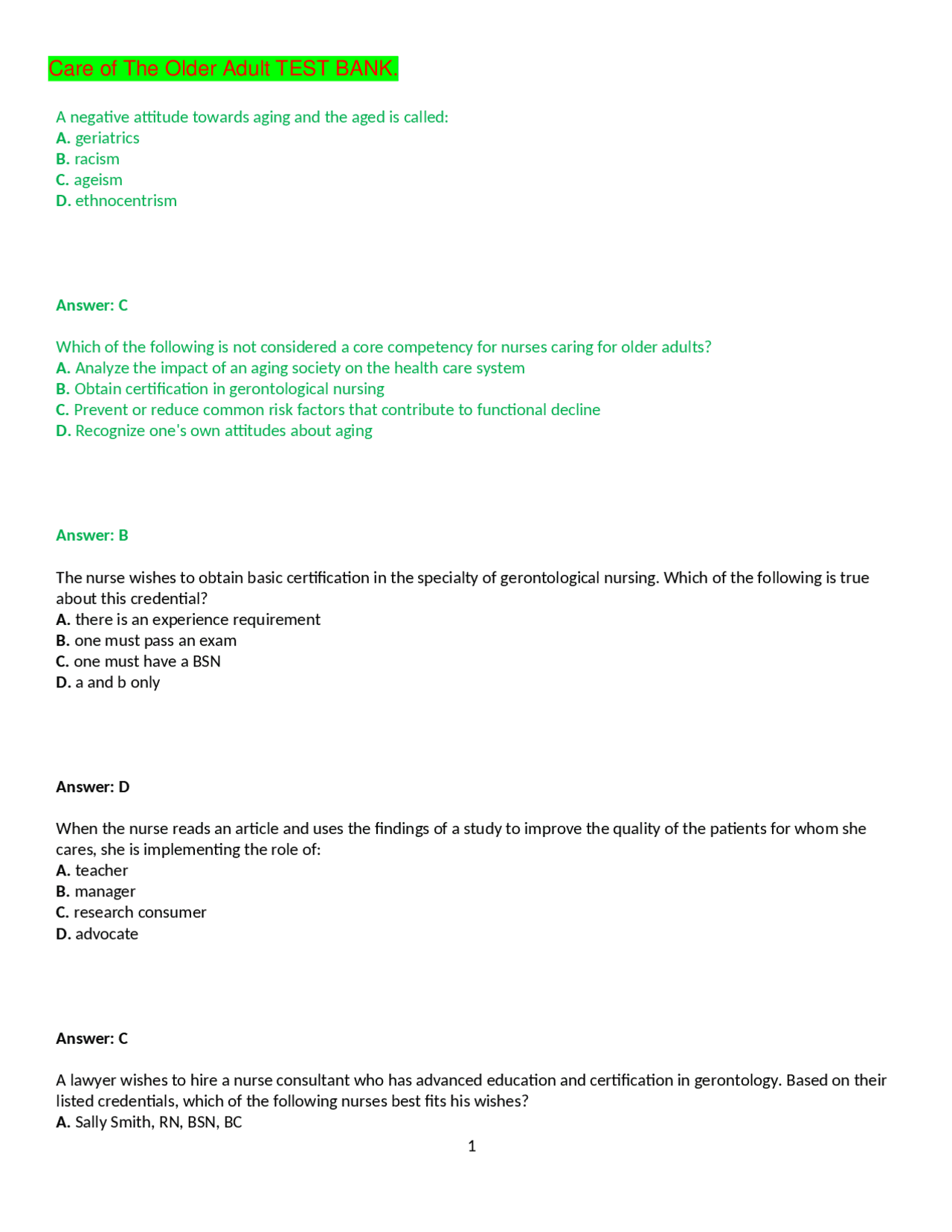
Care Of The Older Adult Test Bank Latest Docsity

Study Guide Older Adult 0302 473 Studocu
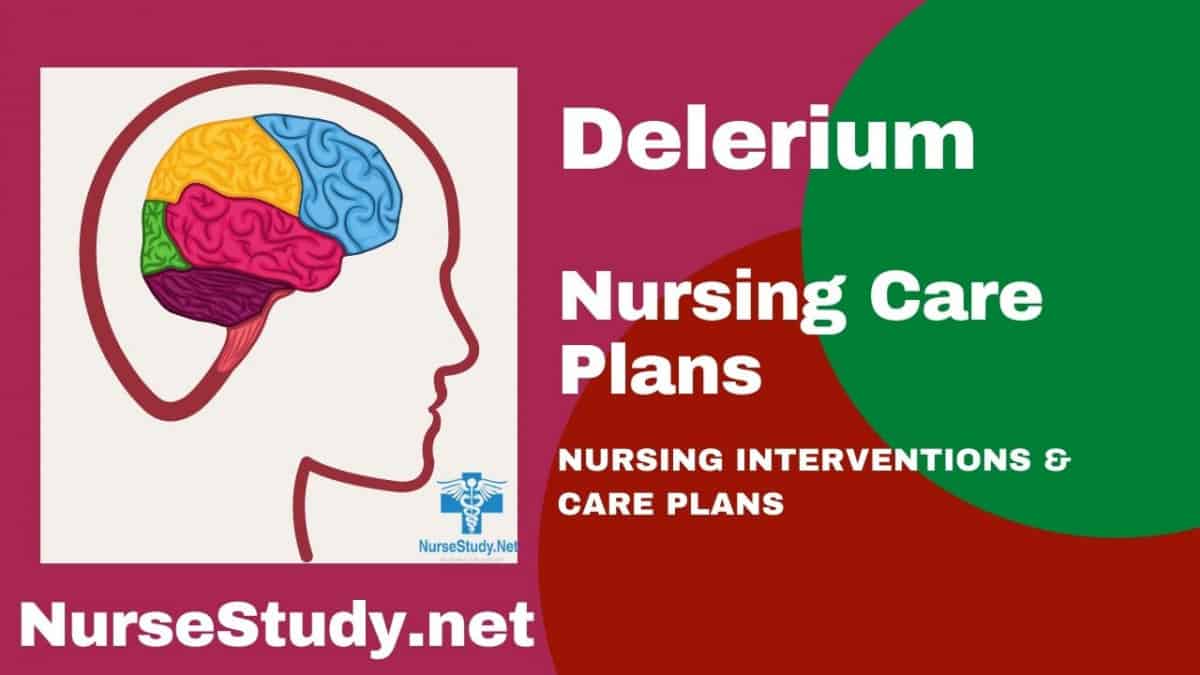
Delirium Nursing Care Plans Diagnosis And Interventions Nursestudy Net

Week 10 Nursing Care Of Persons With Cognitive Impairment 1 Hesm 204 Studocu
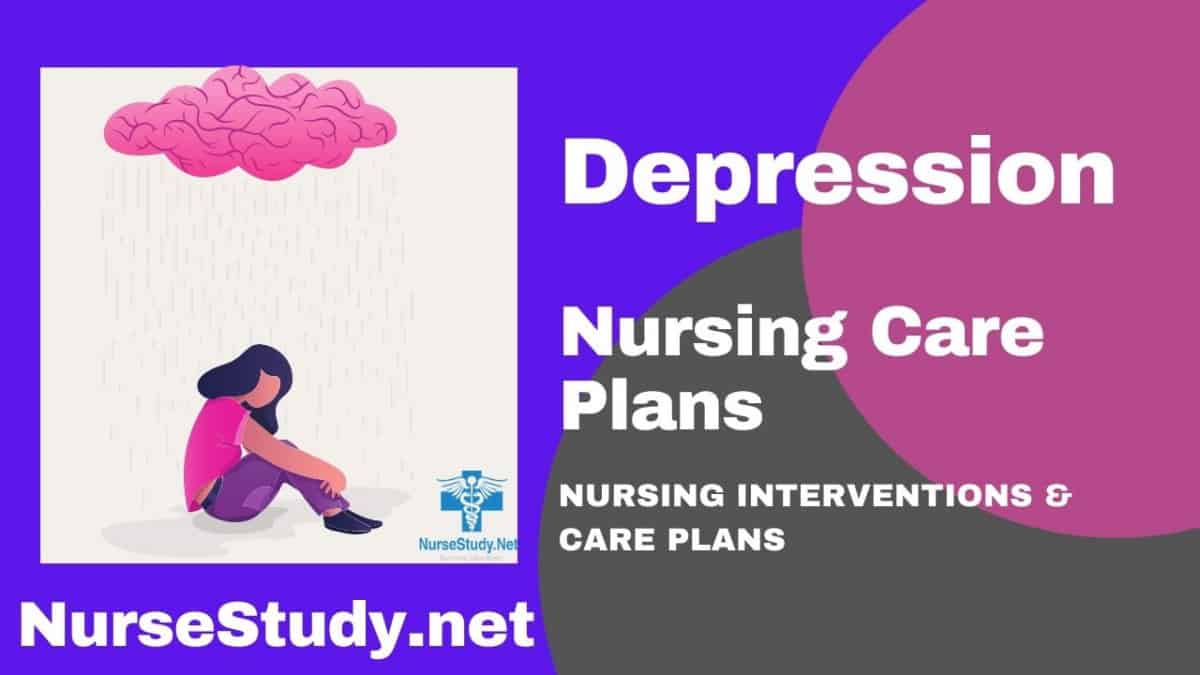
Depression Nursing Diagnosis And Nursing Care Plan Nursestudy Net
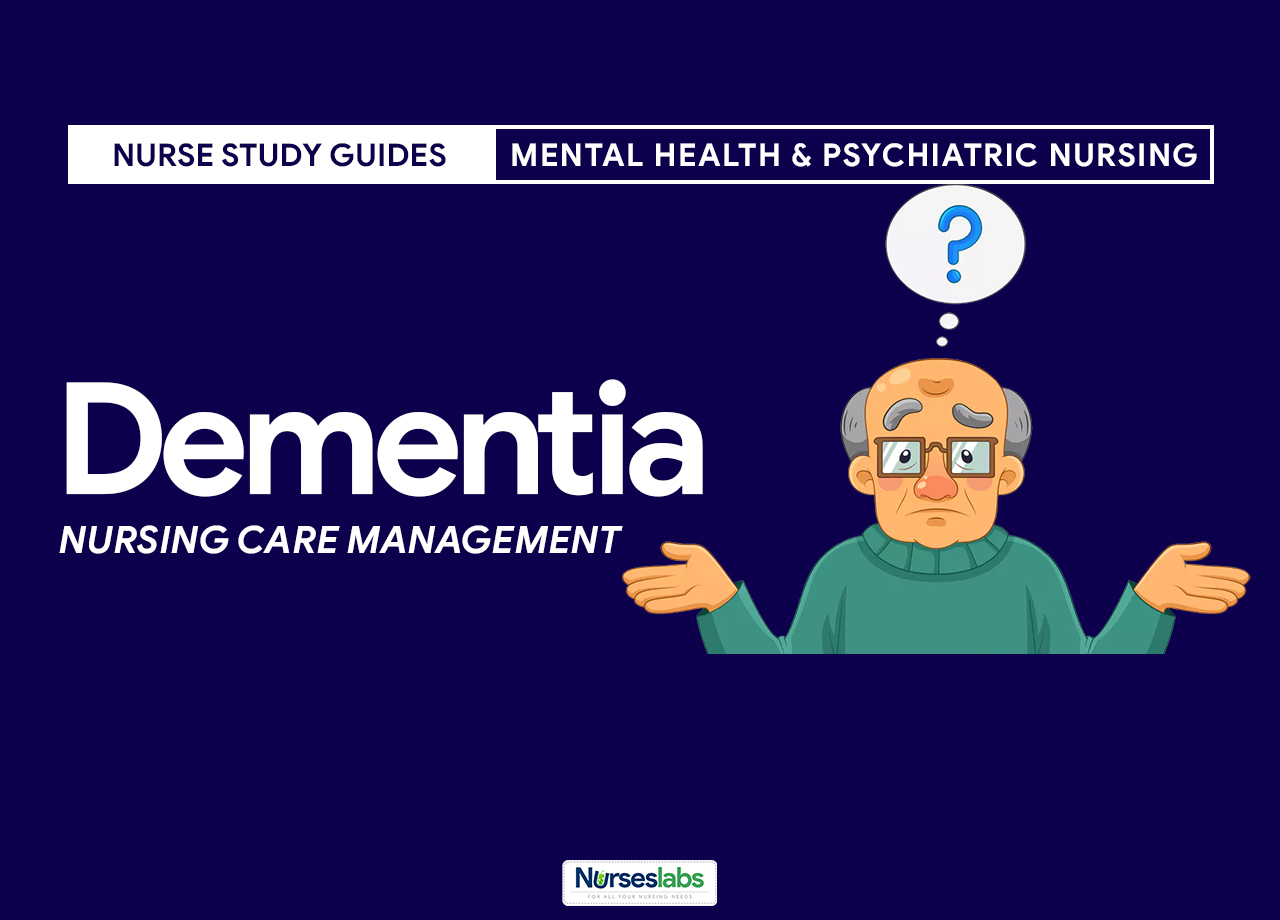
Nursing Care Management For Dementia Nurseslabs
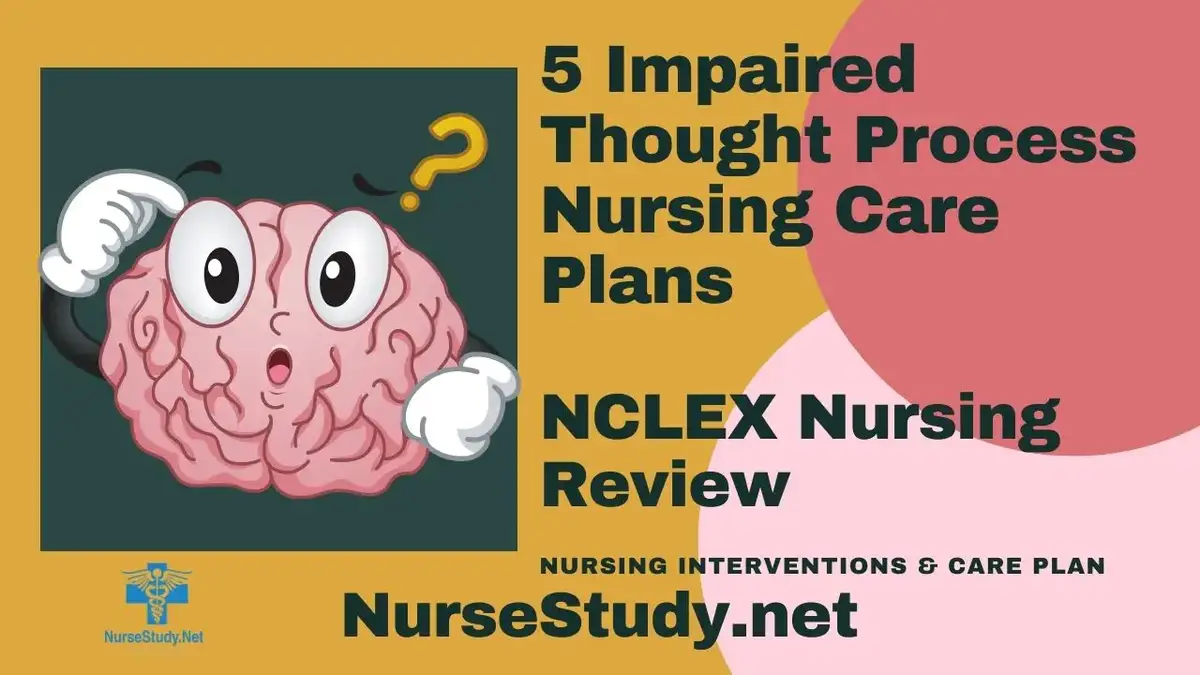
Impaired Thought Process Nursing Diagnosis Care Plans Nursestudy Net

Roles And Responsibilities Of Geriatric Nursing Nurse Job Description Geriatric Nursing Nursing Resume

Chronic Confusion Nursing Care Plan Care Plan And Nursing Diagnosis Guide Nurseslabs

Pdf Delirium The Nurse S Role In Prevention Diagnosis And Treatment

Assessment Of Older People 1 Definition Principles And Tools Nursing Times
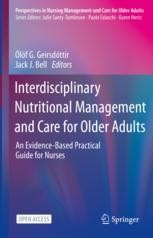
Nutrition And Delirium Springerlink

15 Alzheimer S Disease And Dementia Nursing Care Plans Nurseslabs

Hyponatremia And Hypernatremia Nursing Care Plans Diagnosis And Interventions Nursestudy Net
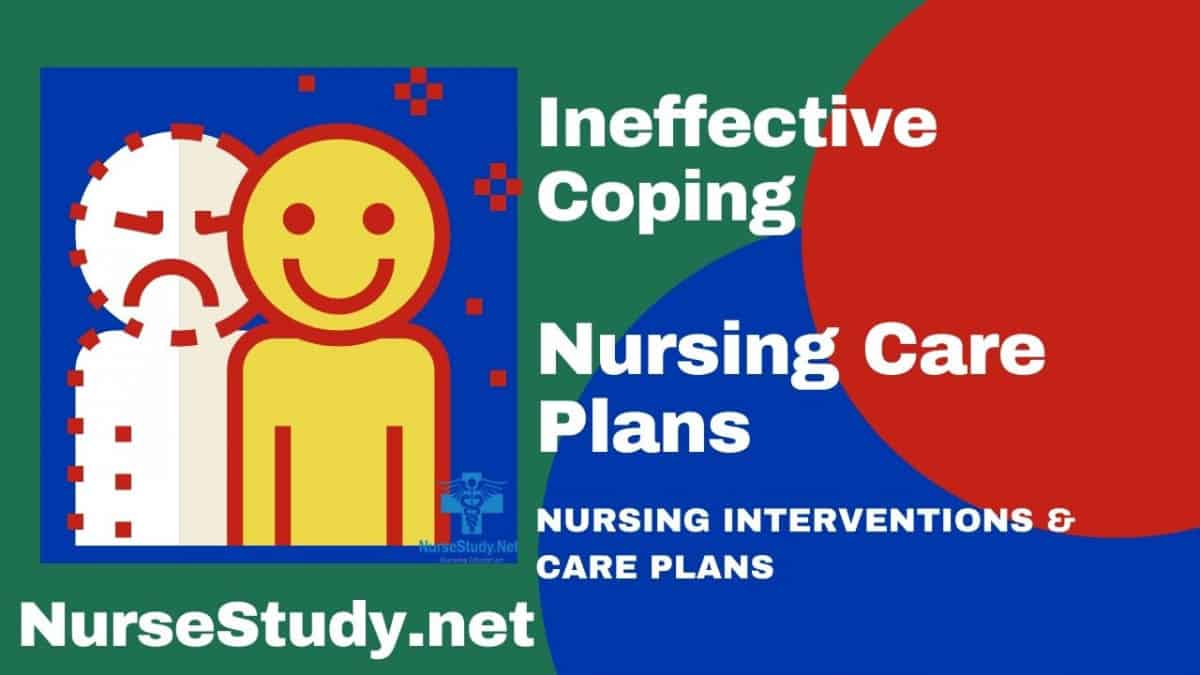
Ineffective Coping 5 Nursing Care Plans Diagnosis And Interventions Nursestudy Net

Comments
Post a Comment